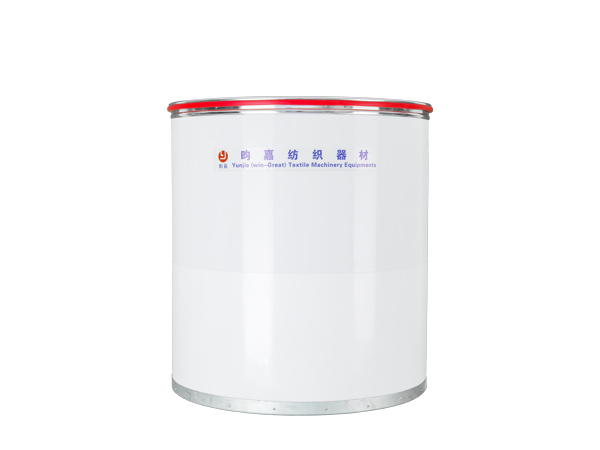Cotton sliver barrel manufacturers explain the test method of textile color fastness
Today, the cotton sliver barrel manufacturer will tell you about the detection method of color fastness of textiles.
Detection of color fastness: color fastness to soaping (small sample), rubbing, chlorine water, non chlorine bleaching, dry cleaning, actual washing (ready-made clothes and fabrics), sweat, water, light, sea, saliva, pressing, etc.

Here are several color fastness test methods.
1. Color fastness to rubbing: Textiles often rub with various objects in the process of use, and some rub with various objects in a wet state. If the color fastness is not particularly good, friction is easy to make textiles stained with other colors, but it is the friction of two objects in the friction, so generally, there is only staining and no discoloration. The test method of color fastness to rubbing is to fix the standard friction white cloth (dry and wet) on the friction head on the friction fastness tester, and rub the printed and dyed textiles for a specified number of times under a certain pressure; After the sample is dry, the staining degree of standard friction white cloth shall be evaluated and rated with standard staining gray card under standard light source.
2. Color fastness to perspiration: textiles, especially clothing textiles, have more contact with human body and sweat; The main component of human sweat is salt. According to different people, sweat can be divided into acidic and alkaline. If the dyes on textiles are in contact with human sweat for a long time, the color fastness of dyes may be affected. Some textile dyes are not resistant to acid and some are not resistant to alkali. The color fastness to perspiration is to use artificial sweat with different acid and alkali to simulate the situation of perspiration. The test method of color fastness to perspiration is to obtain the effect of dyed fabrics under artificial long-term action by accelerated method. The basic principle is that the color fastness to perspiration mainly measures the influence of perspiration on the color fastness of colored fabrics. The test method is to sew the sample together with the standard lining fabric, soak it in a specific reagent, put it into the oven for a certain time, then take out the sample, and use the discoloration gray card to evaluate the discoloration degree (grade) of the sample?.
Since the establishment of textiles, the standardization of textiles has been continuously carried out and improved. Various basic standards, product standards and method standards have been issued and revised successively. By formulating and implementing these standards and limiting the harmful substances in various raw materials (including natural fibers, chemical fibers, dyeing and chemical additives) and textiles used in the textile production process, we can improve the ecological production awareness of the textile industry and promote the textile industry to take effective measures.